Introducing Orbit Theory
September 2022
Next month marks the 10-year anniversary of U-Turn Audio. It’s been a wild ride so far.
Since day one, our mission has been to make high-performance turntables more affordable and more accessible. It’s been that way since we first launched the Orbit Basic on Kickstarter in 2012. The response to Orbit has been incredible, and has fueled our passion even more. We’ve continued to learn, improve, and design.
Ten years later, we’re excited to share with you our newest and most advanced turntable yet – Orbit Theory.
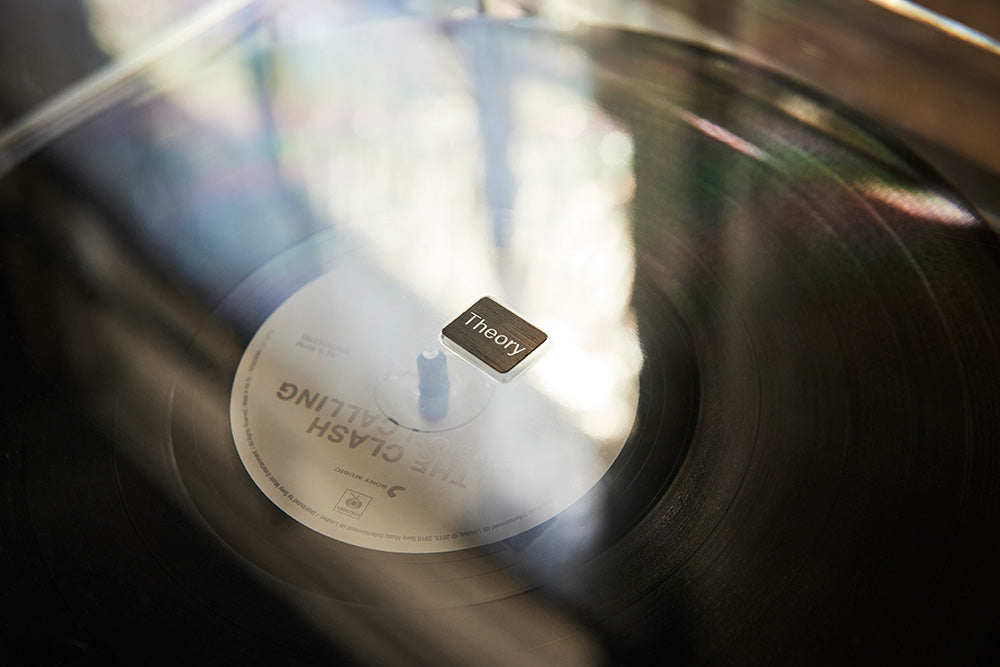
Design Philosophy
Theory started as an experimental test bed for our engineering team’s newest ideas and designs. It was an opportunity to push turntable performance to the next level without constraints, without any particular price point in mind.
Our design philosophy has always been to focus on the music-making components of the turntable. We took a fresh look at every aspect of Orbit. Tonearm. Drive system. Plinth. Even the feet. We obsessed over the details to ensure that Theory lives up to your expectations. And hopefully surpasses them.
Here are a few of the things we’re most excited about:
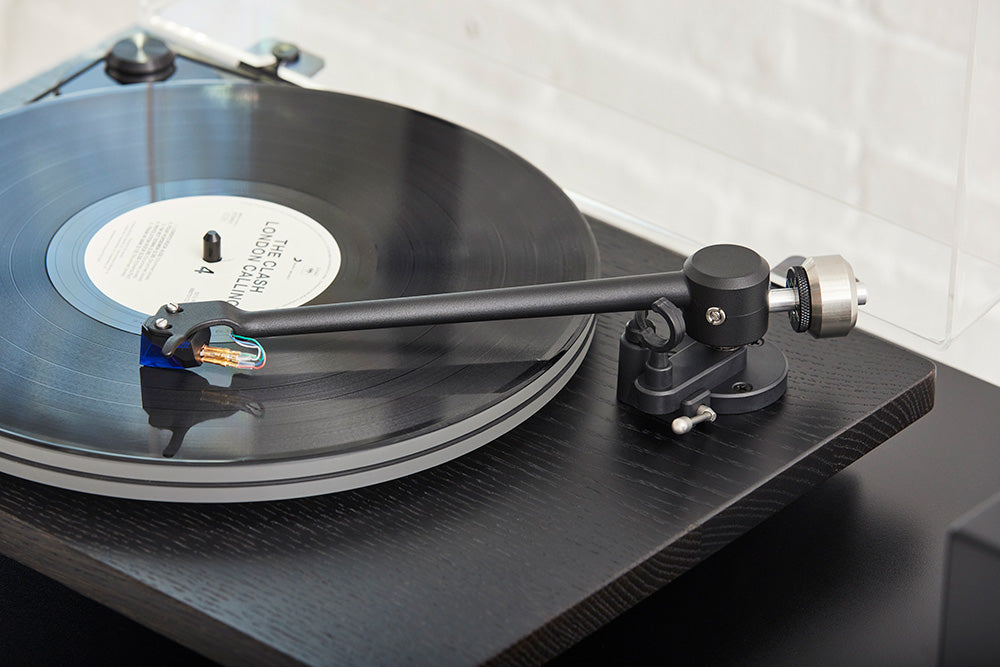
OA3 Pro with Magnesium Armtube
It’s important to us that we design and assemble our tonearms in-house. This gives us a deeper understanding of how the product works and allows us to continuously improve.
For Theory, we wanted to take our OA2 gimbal bearing design to the next level by further reducing points of resonance in the tonearm. Practically speaking, this meant using more rigid materials and minimizing the number of connection points between parts.
To do that, we designed an armtube that combines the headshell, tube, and pivot housing into a single, continuous piece. This design leaves no connection points for resonances to creep in between the headshell and tonearm pivot. But what material would this be made of? We needed something light enough to preserve the low effective mass of the armtube yet strong enough not to resonate during play.
The answer was magnesium. Not only does magnesium have an incredible strength-to-weight ratio, but it can also be molded into complex shapes using a process called thixoforming. This process made it possible to combine the different tonearm elements into a single piece, preserving the arm’s effective mass and low center of gravity.
The tapered armtube design keeps vibration away from the stylus and ensures the walls of the armtube are as thin as possible, keeping mass low. We also increased the effective length by 7mm for lower angular tracking error and less distortion.
OA3 Pro didn’t happen overnight. We worked closely with our Wisconsin-based magnesium molder for over a year to develop and build the complex tool required to manufacture the armtube. The result is an exceptionally strong, low resonance armtube that is made right here in the USA.
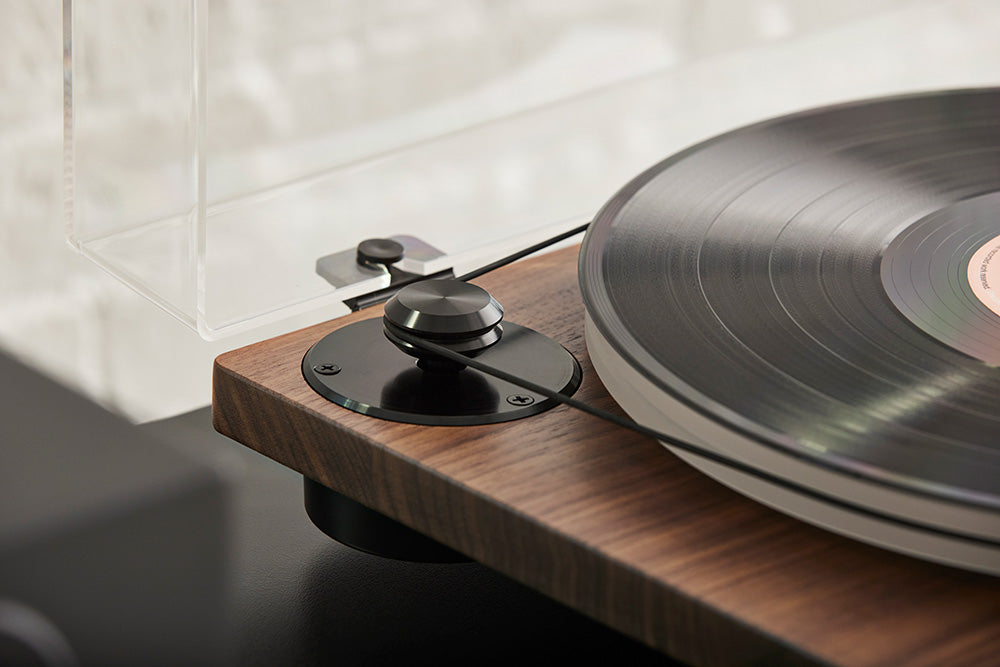
All new drive system
Every aspect of Orbit’s drive system has been reconsidered. First, we overhauled the motor system. Theory’s motor is larger and runs virtually silently. The motor is electronically controlled by a DC-powered sine wave generator – this provides very stable platter speed and gives you the ability to change between 33/45 RPM with the turn of a knob.
Theory’s acrylic platter is frosted, as all platter surfaces have been precision machined for maximal flatness and minimal runout. We’ve also machined a groove into the platter to keep the belt in place. Speaking of which, Theory’s belt is a new seamless design that’s molded from silicone. It’s more durable and won’t stretch over time.
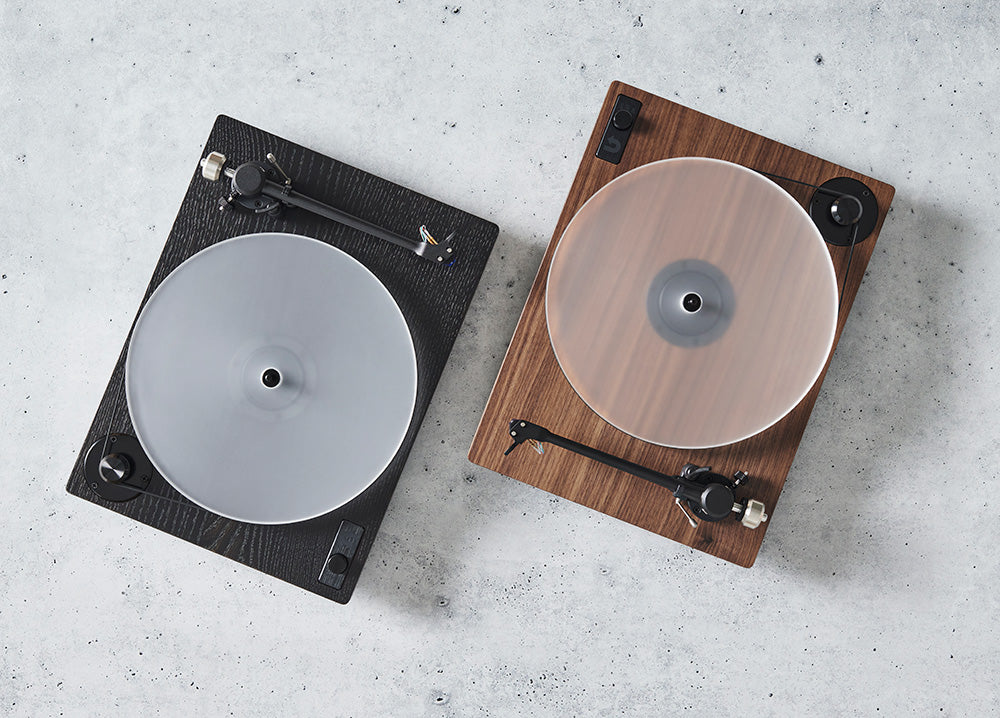
Ebonized Oak
What better way to celebrate a new turntable than with a new finish? For Theory, we knew we would do real hardwood plinths, but we wanted to mix things up a bit. Ebonization is a traditional finishing process that turns wood black without staining or painting. We love it because it produces a rich, dark finish that highlights the beauty of wood’s natural grain.
The color change is brought on by a chemical reaction between iron oxide and the natural tannins in the wood. Ebonization physically turns the fibers of the wood black – unlike a paint or stain that sits on top of the wood. We worked closely with our local woodshop to develop and perfect the white oak ebonization process for Theory.
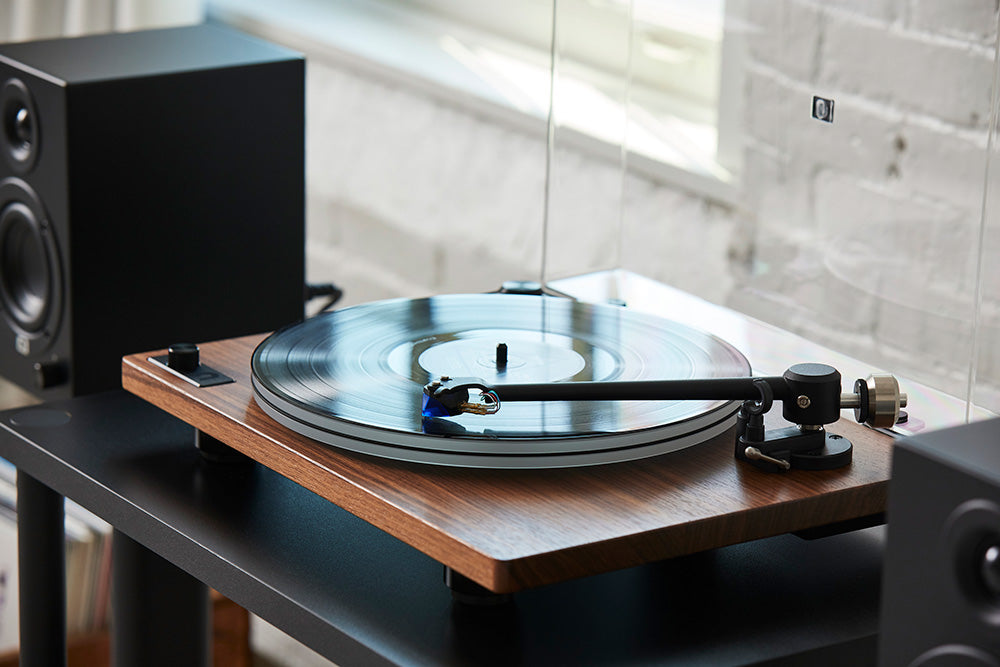
Available now
Designing and assembling our products in-house is gives us a deep understanding of how the product works. And a deep certainty that we got it right. We’ve been developing Orbit Theory for several years now, and we’re incredibly excited for you to finally hear it!